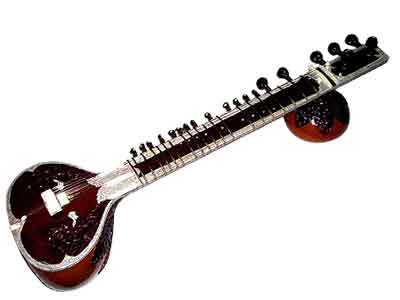 Recently, I purchased an authentic sitar (Rikhi Ram Grand Pro Tun) hand-made in India. What a difficult instrument to learn. Once I was able to get it in tune and learn some basic notes and strumming (or striking) patterns, I quickly saw the beauty of the tone.
Recently, I purchased an authentic sitar (Rikhi Ram Grand Pro Tun) hand-made in India. What a difficult instrument to learn. Once I was able to get it in tune and learn some basic notes and strumming (or striking) patterns, I quickly saw the beauty of the tone.
However, the sitar is an instrument of its own and takes years and years to master. I figured, since I was already good at guitar, how could I take the tone from a sitar, but use the guitar instead?
This was definitely a task. Once I realized that a guitar would never truely sound like a sitar, was I able to find some ways to get a similar idea of a sitar sound.
So there are a few things one can do to make their guitar sound like a sitar.
Doing it with Pedals:
There are actually two pedals on the market that I know of that turn your electric guitar into a sitar. Those would be the Ravish Sitar by ElectroHarmonix and Danelectro Sitar Swami. I’ve heard both of these pedals and found that neither really captured a sitar sound, rather they make their own sound altogether. Cool for experimenting none the less.
Doing it with Guitars:
 This is the best way, as there are actually electric sitar guitars. Most notably the Jerry Jones Electric Sitar of the ’70s. These are rather expensive today, but Rogue and a few other companies made replicas for fairly cheap. If set up properly, these can sound very close to a sitar, but with a guitar twist.
This is the best way, as there are actually electric sitar guitars. Most notably the Jerry Jones Electric Sitar of the ’70s. These are rather expensive today, but Rogue and a few other companies made replicas for fairly cheap. If set up properly, these can sound very close to a sitar, but with a guitar twist.
Buzzing Bridge:
You can actually buy a buzz bridge to install on your guitar, and if set up properly, you can get a pretty decent sound.
So to sum things up, I would say the Electric Sitar Guitar is the best way to go if you are looking for that sitar sound on the guitar.
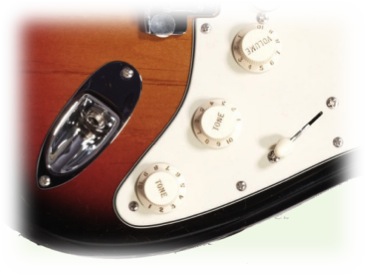
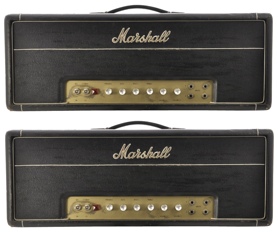
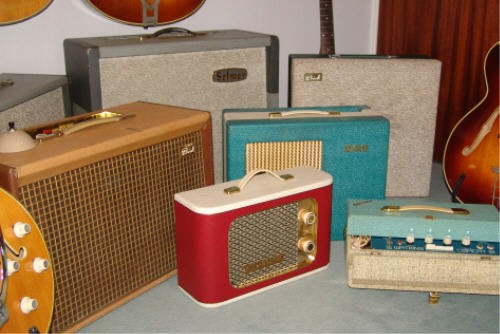
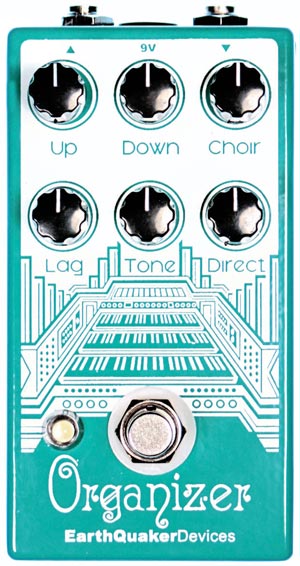
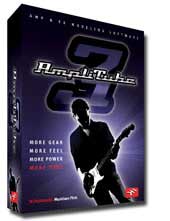
 Turning on a pedal is as simple as a click of the mouse. Go from crazy distortion to sparkling cleans in seconds. Once you create a rig you like, you can save it as a preset and come back to it whenever you want.
Turning on a pedal is as simple as a click of the mouse. Go from crazy distortion to sparkling cleans in seconds. Once you create a rig you like, you can save it as a preset and come back to it whenever you want.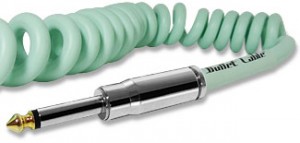
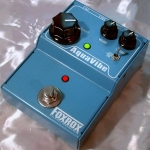
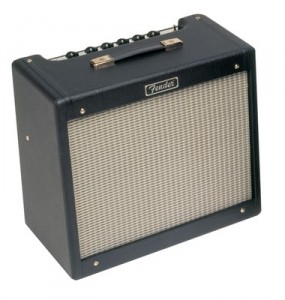
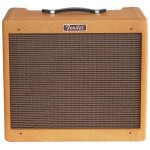 Now I’ve played a few different kinds of blues juniors. Some versions that had tweed and red tolex. The difference on the inside was the speaker used, and the kinds of tubes. This makes the stock blues junior a great DIY style amp, as you can choose your own speaker/tube preferences to customize the tone to you. Some of the speakers used on these versions are Eminence, Jensen, and Celestion.
Now I’ve played a few different kinds of blues juniors. Some versions that had tweed and red tolex. The difference on the inside was the speaker used, and the kinds of tubes. This makes the stock blues junior a great DIY style amp, as you can choose your own speaker/tube preferences to customize the tone to you. Some of the speakers used on these versions are Eminence, Jensen, and Celestion. Great EQ on this amp with a middle, bass, treble and fat switch. I like using the fat switch with my strat, as it really gets a great blues tone.
Great EQ on this amp with a middle, bass, treble and fat switch. I like using the fat switch with my strat, as it really gets a great blues tone.